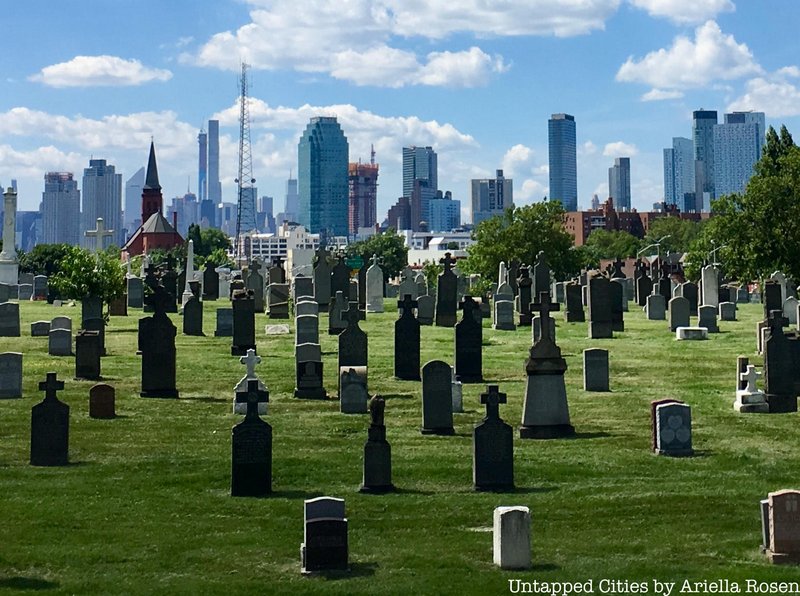9. Divisions of Calvary Cemetery correspond with ancient Roman catacombs

Spanning 365 acres across Maspeth and Woodside, Calvary Cemetery is home to over three million burials since opening in 1848. Calvary Cemetery is comprised of four major sections: the First (Old), Second, Third, and Fourth Divisions. These are formally known as the Divisions of St. Callixtus, St. Agnes, St. Sebastian, and St. Domitilla. These names correspond to the 40 or so ancient Roman catacombs, some of which date back to the second century. Because of Roman land shortages, these catacombs were used by early Jews and Christians to bury their dead.
St. Calixtus was a pope from 217-222 who was martyred by the Romans by being thrown down a well. The Catacombs of St. Callixtus in Rome house 3rd-century popes and the crypt of St. Cecilia. St. Agnes, acquired in 1888, is named after a catacomb where the Roman martyr St. Agnes was buried, gaining the attention of Emperor Constantine. St. Sebastian was established in 1879 and takes its name from the Roman catacombs where people would venerate the Apostles Peter and Paul. And St. Domitilla, established in 1900, was named for Flavia Domitilla, who was exiled because of her Christian sympathies, helping fund the largest Christian underground cemetery in Rome.





